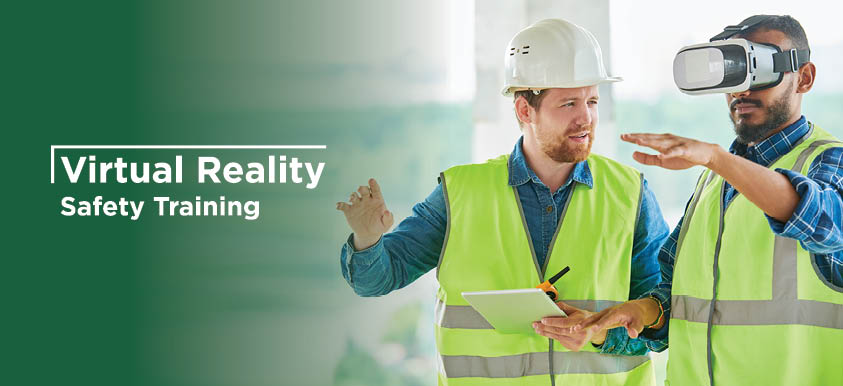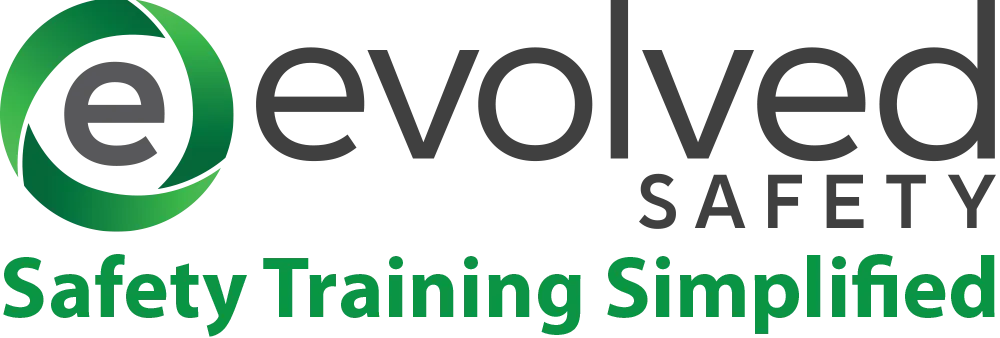How Immersed is your Training?
Check Out this Up and Coming Technology: Virtual Reality

Over the years, emerging technologies and needs have molded safety training into the front-runners you know today as streaming video, interactive online, and instructor-led training. And now there’s a new format gaining momentum… have you heard about virtual reality? Get ready, folks, because it’s not just for gamers anymore. Virtual reality safety training could be hitting mainstream safety shelves soon.
Since 2016 or so, we’ve been spotting articles pop up here and there about virtual reality safety training in the workplace. Companies that involve high-risk activities, such as those in construction, mining, oil and gas, and forestry, have been early adopters of this kind of training. With movement of virtual reality in more and more industries, we think it’s a good time to give you (and us!) a quick understanding of the topic.
Next Level Training
As safety professionals, we know that a key component of training is to help employees feel confident that they can perform their tasks safely. The idea behind virtual reality is to take training a step further to really immerse trainees in a variety of scenarios that they are likely to encounter on the job. This way, they can practice how their skills, responses, and actions affect outcomes – all in a safe environment.
Picture the Benefits
So, how does virtual reality do that exactly? Just like in some video games, the technology provides a virtual environment that causes the user to immerse themselves in a 360 degree virtual world by using sight, sound, and sometimes motion to provide a realistic experience, according to the American Society of Safety Professionals. Depending on your industry and training needs, virtual reality can bring some real benefits to your overall safety strategy:
- Higher content relevance – Training can be customized to your facility requirements for higher comprehension and retention of training material.
- Takes hands-on to a new level – With 360 immersion, trainees can be exposed to high-risk and hazardous situations in a 100% safe environment.
- Better snapshot of skills – Make the distinction for trainees between knowing what to do and performing that skill in real time.
- Less damage to real equipment – Help eliminate the toll training takes on equipment, downtime, etc. at your facility.
Cost Considerations
Be aware that virtual reality isn’t for everyone. Some potential drawbacks have included reports of people feeling nauseous after using virtual reality headsets, as well as hesitations of learning new technologies with older workers. The cost for setting up facility-specific training can also be high. If you are currently using or interested in using virtual reality safety training at your workplace, make sure you have alternate training methods available for those who need it – and we can help with that.
Questions, comments, or interested in getting a jump on virtual reality safety training at your workplace? Let us know – we’ve love to start a conversation on how we can provide the best solution for your needs. Call us today.
